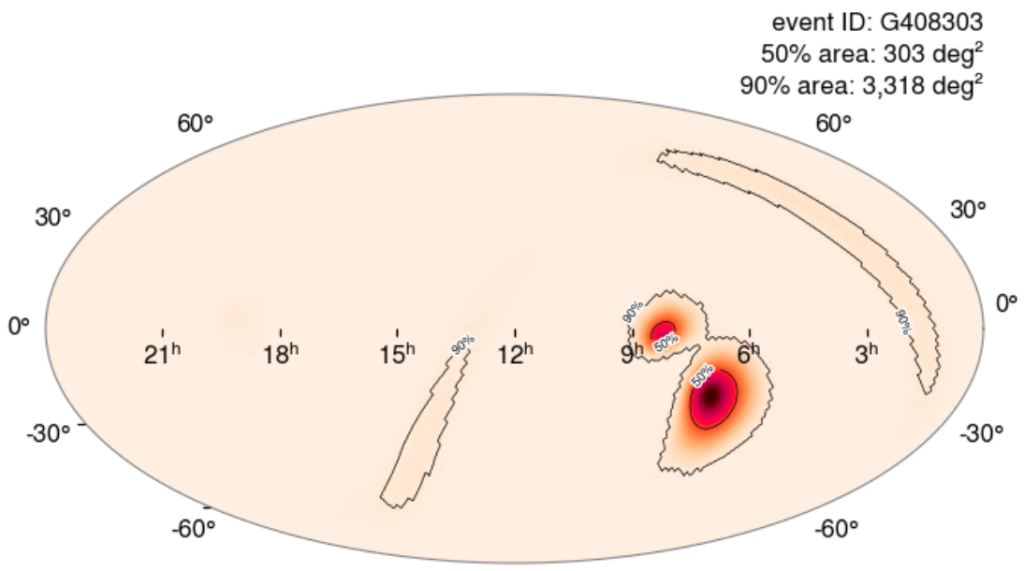On May 24, 2023, the four gravitational-wave detectors in the United-States, Italy and Japan entered their science mode, out to catch gravitational waves from explosive astronomical phenomena.
This new observing run is the fourth of the global network of gravitational-wave detectors, after those dubbed O1 (2015), O2 (2017) and O3 (2019-2020). The three first runs nicely inaugurated gravitational-wave astronomy with breakthrough discoveries of merging black holes and neutron stars. In particular, the O2 run saw the first joint observation of gravitational waves and electromagnetic signals(i.e., light) from a single source, a feat known as multi-messenger astronomy. This was the famous GW170817, a rich combination of signals that came from the merger of a binary neutron star millions of light-years away.
This new O4 run holds many promises, such as observing another merger of a binary neutron star with associated astronomical signatures. The prospects for such observations are good, thanks to the upgrades of the instruments since the O3 run. For example, a new laser-based technology called quantum light squeezing, that allows to improve the sensitivity of the gravitational-wave detectors.
As of O4, one can note the addition of the KAGRA detector in Japan to the global network of instruments. Once fully operational, KAGRA will help provide astronomers with accurate maps of the sky to search for light signals coming from the detected gravitational-wave sources, such as the one in the illustration to the right. This skymap was published on May 27, shortly after the detection of a signal likely coming from the merger of two black holes billions of light-years away.
Multi-messenger astrophysics is still a young discipline, and the O4 run will bring another rich catalog of merger events to study. Whether it is finding the signature of a new theory of gravity in the gravitational-wave signals, or analyzing the complex electromagnetic signals coming after the merger, the JETSET team in Frankfurt is ready to take on the challenge of interpreting this new round of data, for the advancement of relativistic astrophysics.
